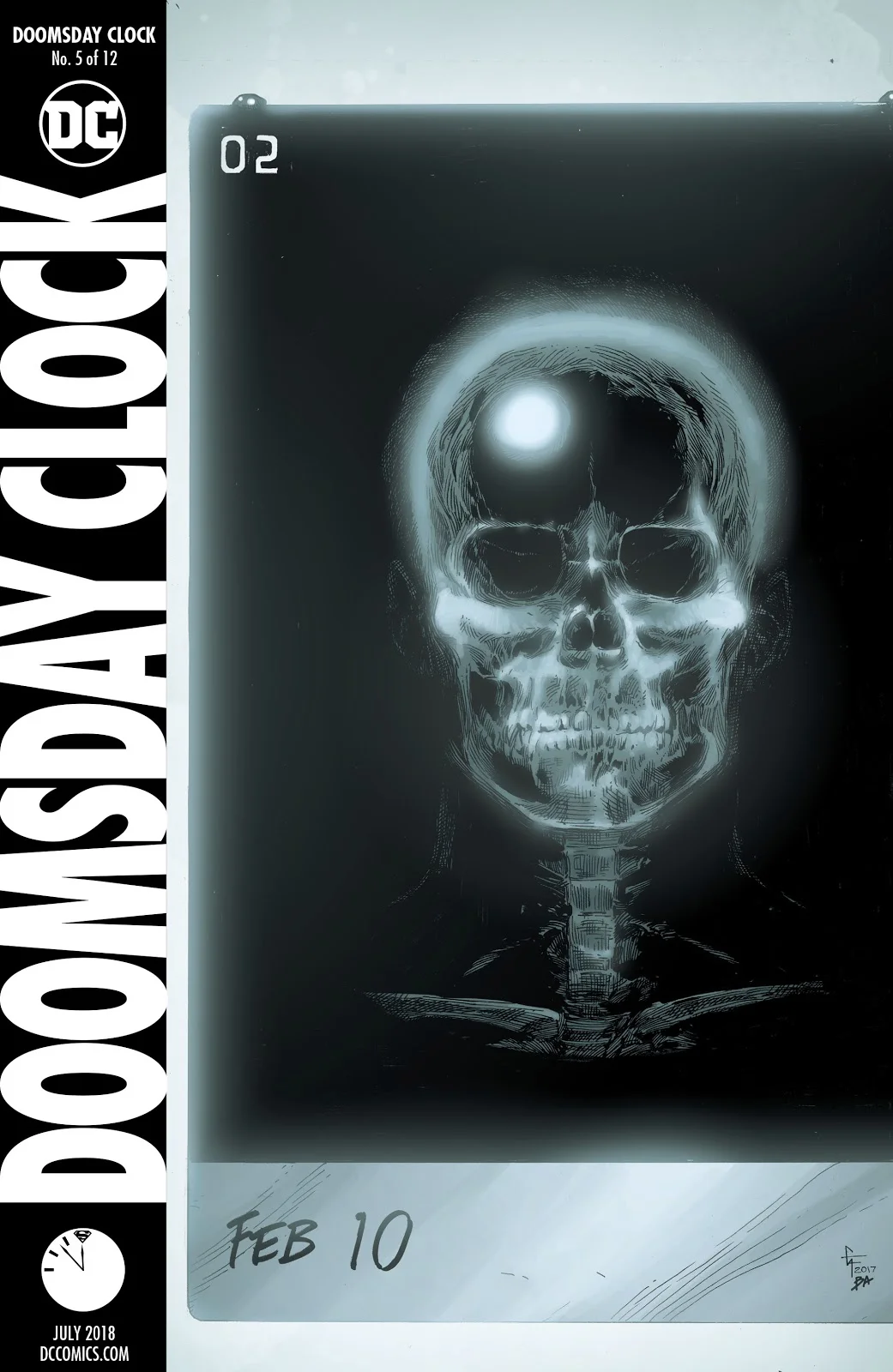Supergirl: Being Super // Review
Supergirl is quickly becoming a household name once more, this time with a delightful tv series on CBS rather than the abysmal movie from the 1980s. With popularity like that on the rise, it was inevitable that DC would put out additional content to try and sway people to pick up some comics as well.
“Supergirl: Being Super,” written by Eisner Award winner Mariko Tamaki, is actually one of those attempts that could genuinely work. Art is provided by Eisner-nominated Joëlle Jones and Kelly Fitzpatrick, and Sandu Florea helps out by inking the first chapter of the volume.
The best way to describe “Being Super” is that of a comic-booked Young Adult novel. There’s action, adventure, possible romance, and a dark undercurrent that seems to be in all YA content.
Tamaki also subverts the YA idea by providing the angle of any superpowers that young Kara performs generally being unimpressive to herself and her family. She’s always had them, so super strength or speed don’t surprise Kara… but she does feel the need to keep them secret for obvious reasons. It doesn’t stay that way for long, though.
Takamki has the story open on Kara’s first day of school that year, and focuses on her as a person almost entirely for the majority of the book. There are moments between Kara and her friends that feel ripped out of someone’s diary between classes and track practice. However, things take a turn south when an earthquake rips the quiet town of Midvale in half, resulting in the death of Kara’s closest friend, Jennifer.
From that hard twist, Tamaki weaves a story involving a conspiracy within their school to monitor for super-powers, a lost Kryptonian, and Kara’s own suppressed memories of a past on Krypton. It really does a great job of sucking you in and keeping a hold of you until you run out of pages.
Jones does an almost perfect job on the art. The characters all feel unique from appearance alone, and some of them don’t even need a speaking role to fully understand them. Facial expressions are also spot-on for the emotions that Tamaki goes for, and really help draw you into the book. Special praise goes to how Jones draws the teenage characters; they feel like teenagers. Some are attractive, some aren’t. Some are thin, some aren’t. But none of them feel sexualized in any way, shape, or form. It’s hard to describe, but clothing fits like clothing, not some sort of wrinkled spandex. Fashions feel accurate to what someone would wear, not just something to show skin. It’s remarkably refreshing, and helps make the book feel unique, though it’s frustrating that this is a unique feature rather than expected.
While already released as a four-issue miniseries, Being Super reads 100% better as a collection. Plot holes that might have seemed larger as you had to wait for a month between chapters fall way, and it’s much easier to become wrapped up in the tale.
If you’re looking for a YA appropriate book for a friend or family member, or want some lighter fare that won’t feel too sugary-sweet, this is actually an excellent tale that doesn’t demand in-depth knowledge of the DC universe. This makes it perfect for new readers and those who read about Supergirl way back when she first premiered.
Supergirl: Being Super gets an












